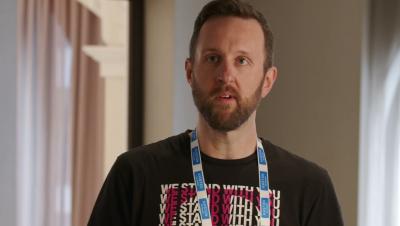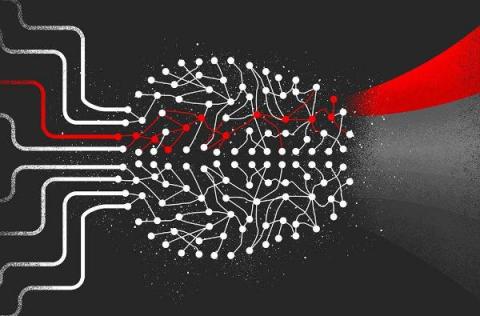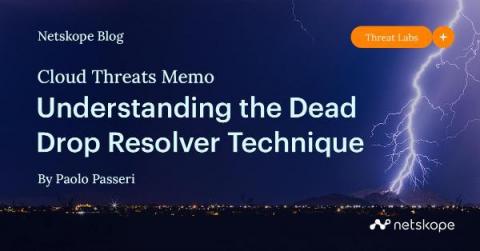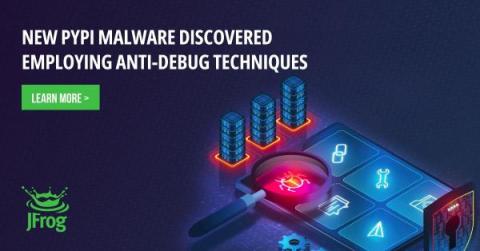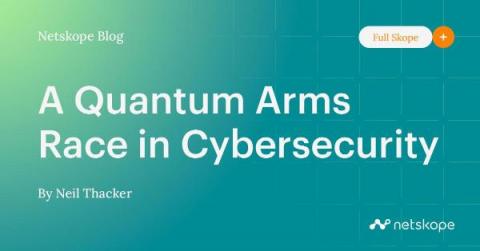Security | Threat Detection | Cyberattacks | DevSecOps | Compliance
Security
Under the Wing: Stopping Identity-Based Attacks
Invite External Collaborators
CrowdStrike Services Helps Organizations Prioritize Patching Vulnerabilities with CrowdStrike Falcon Spotlight
When the CrowdStrike Services team conducts a proactive security engagement, such as a Cybersecurity Maturity Assessment or Tabletop Exercise, it often uses CrowdStrike Falcon® Spotlight to identify what vulnerabilities exist in the environment. Unfortunately, this can be a disheartening experience, as many organizations we see have millions, even tens of millions, of unpatched vulnerabilities. It’s typical to see at least a quarter of those listed with a CVSS rating of Critical.
Cloud Threats Memo: Understanding the Dead Drop Resolver Technique
If I asked you what the common ways to exploit a cloud app for malicious purposes are, I bet your answer would probably be either to use it to distribute malicious content (such as malware or phishing pages), or to host the command and control (C2) infrastructure. In reality another frequent technique is the dead drop resolver, where a legitimate service is abused by threat actors to host the information related to the C2 infrastructure rather than the C2 infrastructure itself.
PyPI malware creators are starting to employ Anti-Debug techniques
The JFrog Security Research team continuously monitors popular open-source software (OSS) repositories with our automated tooling, and reports any vulnerabilities or malicious packages discovered to repository maintainers and the wider community.
SELinux, Dragons and Other Scary Things
If you've ever used Linux, you’ve probably heard about SELinux or Security-enhanced Linux. For a very long time, my interaction with it was just restricted to: Like many other security solutions, SELinux can sometimes be annoying, and understanding even the basic concepts can change our bigger enemy to our best friend.
A Quantum Arms Race in Cybersecurity
In 2001, NIST (the US National Institute of Standards and Technology) announced Advanced Encryption Standard (AES), a new encryption standard, designed to help organisations enhance protections against brute force attacks. The previous Data Encryption Standard (DES) had become vulnerable, with processing power growing, and the Electronic Frontier Foundation (EFF) had proved that DES encryption could be broken in less than 24 hours, therefore a new encryption standard was required.






